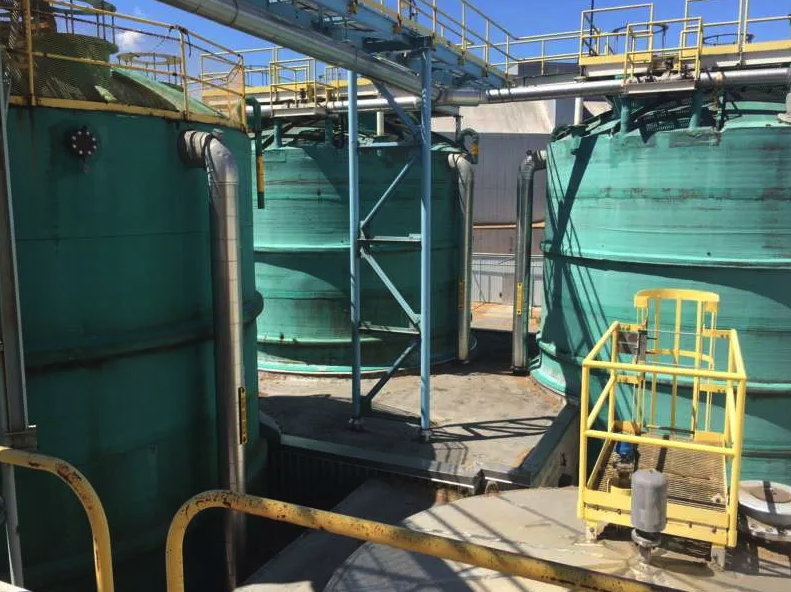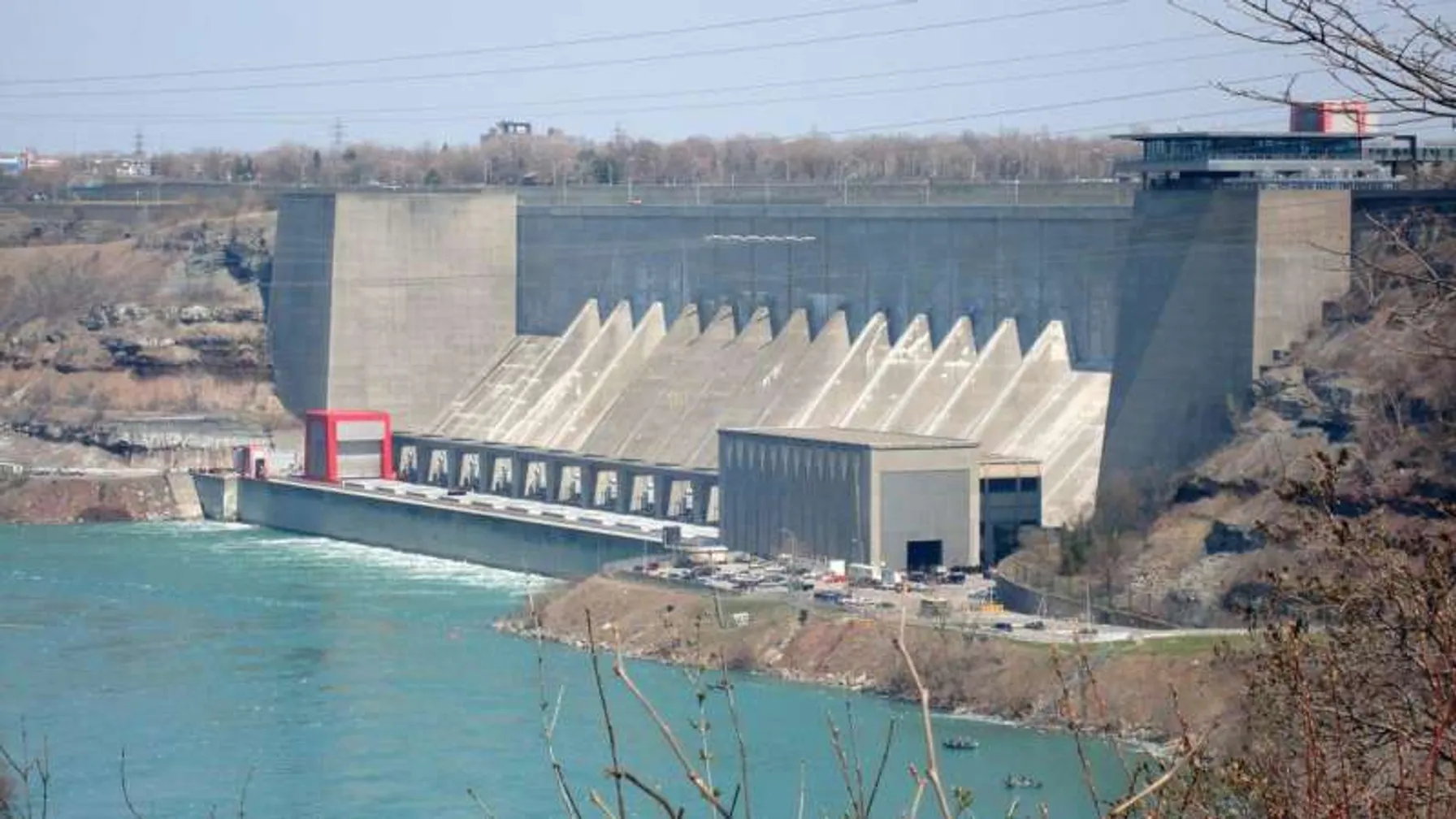Sharing what we’ve learned
TRC experts share their thoughts and insights on the trends and challenges impacting their markets.
Search by

Security Stew: How to Follow the Federal Regulatory Recipe for Safe Chemical Storage
September 19, 2017Three different federal agencies regulate the storage of chemicals at facilities in the United States – and each for different reasons. Learn about the various rules from the alphabet soup of agencies (DHS, EPA and OSHA) involved and how to keep your business compliant.

New Issues Emerge Regarding Chemical Security
September 7, 2017Chemical Security is a developing subject area that gained traction with the passage of the Homeland Security Appropriations Act of 2007, which authorized the Department of Homeland Security (DHS) to regulate the security of chemicals deemed to be of interest to terrorists. The Chemical Facility Anti-Terrorism Standards (CFATS) were developed as a result, and CFATS security requirements now apply to over 300 chemicals handled by a wide range of facilities

Integrated Hydrologic Modeling: Better Information, Better Decisions
May 23, 2017Ever wonder how your groundwater modeling consultant estimated recharge? Or why an assumed fraction of average annual precipitation was uniformly applied everywhere? What happens with runoff in ephemeral drainages? Why is the recharge estimate so important? [caption id="attachment_14964" align="alignright" width="1024"] Markstrom, S.L., Niswonger, R.G., Regan, R.S., Prudic, D.E., and Barlow, P.M., 2008, GSFLOW – Coupled Ground-water and Surface-water FLOW model based on the integration of the Precipitation-Runoff Modeling System (PRMS) and the Modular Ground-Water Flow Model (MODFLOW-2005): U.S. Geological Survey Techniques and Methods 6-D1, 240 p.[/caption] Surface water and groundwater are intimately interconnected. Water is exchanged in both directions. Recharge is strongly influenced by shallow depths to groundwater to the extent that the infiltration may be rejected. Evapotranspiration may offset the contribution of infiltrated water. Groundwater discharge to streams is a strong function of the head in the aquifer. Likewise, stream loss to groundwater is influenced by the depth of groundwater below the stream bottom and the depth of water in the stream. The water balance associated with these processes is transient and perturbed by each precipitation or snow melt event. Standalone groundwater or surface water models cannot fully simulate and illuminate the exchange between surface water and groundwater. Simulating the full hydrologic cycle and comparing model streamflows to observed streamflows is key to obtaining good estimates of groundwater recharge and constraining the groundwater model properties of hydraulic conductivity and storage.

TRC and partners win $1 million grant for engineering innovative New York microgrid
April 20, 2017TRC is proud to support Huntington, NY bolster power reliability and climate-change resiliency with a sophisticated new “community microgrid’’ combining solar energy, a fuel cell, biogas and traditional natural gas to deliver electricity and heat to local customers and institutions.

Seeking a new FERC license for your hydroelectric project? Here are the 2 key questions to ask.
March 22, 2017Across the U.S., Department of Energy data show that some 2,200 hydroelectric projects produce more than 6 percent of all the electricity we consume, which amounts to more than one-third of all power generated in 2015 from renewable sources. Operations of many existing hydroelectric projects are governed by 30- to 50-year licenses issued by the…

TRC celebrates National Surveyors Week – March 19-25, 2017
March 17, 2017Mount Rushmore is an iconic symbol of the United States, featuring four great leaders of this country. But did you know that three of them- George Washington, Thomas Jefferson and Abraham Lincoln- were surveyors?

Looking ahead: a changing energy landscape and strategies for success
February 13, 2017Amid all the changes in the energy industry in 2017, one of the most interesting and complex is playing out in California and New York as those states begin to re-think how best to value and purchase energy efficiency. As TRC’s Carmen Henrikson and Bob Callender explain in this TRC article, the era of paying…

Regulations, Standards and Policies for Industry to Watch in 2017
January 9, 2017TRC provides an update on key federal regulations, policies and rulings announced or adopted in the past year–with the caveat that many of them could be modified or repealed by the new President or Congress.

Successful Interconnection of Utility Scale Solar Projects – Strategies to Stay on Schedule and on Budget
November 2, 2016Growth in solar power creates challenges for both project proponents and utilities. TRC has reviewed hundreds of interconnection applications for utility partners, and we’ve learned important strategies for reducing the time and costs associated with interconnecting projects 1 megawatt or greater.
0 results


